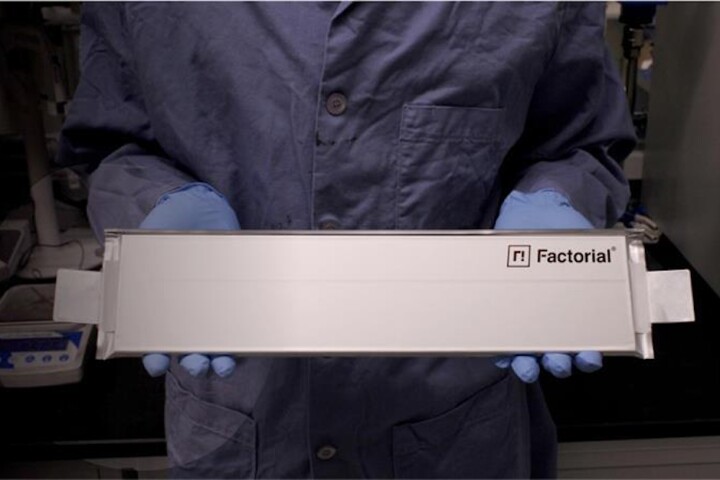Back in March, not only did Gravity Technologies open the fastest EV charging station in the US, but the company also unveiled a super-quick curbside charger. Now a new on-street system has been revealed that will see "DEAP Trees" raising the charging game.
Rolling up to a fast-charge station is getting easier for drivers of electric cars, but topping up at home is cheaper and more convenient. Unless you don't have a driveway or garage outside your house, which is where curbside solutions come in.
Though on-street charging already exists in one shape or another, they are still relatively rare. Gravity is eyeing a near future where tens of thousands of parking spots on US streets will have an adjacent charge point – and is "striving to develop a network of on-street DEAP charging more expansive than Tesla's current Supercharger network."
The company has partnered with Rangr Studio for the design of a system that gets around potential pain points – such as tripping hazards, preventing or restricting access or potential vandalism – of existing setups.

"Right now, American cities are choosing the curbside charging that drivers will use for decades to come," said Gravity founder and CEO, Moshe Cohen. "Unfortunately, many are looking to obsolete overnight Level 2 charging with cables that clutter sidewalks and that don't fit the needs of urban EV drivers. EV drivers require and deserve so much better."
The DEAP Trees essentially mount Distributed Energy Access Points to posts positioned at the curbside. A hinged swingarm holds the charging cable above the street, and pivots down when it's time to plug in. Gravity says that the solution doesn't require utility upgrades, and offers 200-kW charging for up to 200 miles of range in 13 minutes or just 5 minutes at 500 kW.
"With even partial adoption by American cities, this product alone could quickly become the largest fast charging network in America, eclipsing even the Supercharger network," Cohen added.
The solution is reported capable of serving any EV make or model, is suitable for metered and residential parking areas, and could help with grid resiliency thanks to bidirectional readiness. It's also designed to host other smart city tech like LED street lighting, 5G/public Wi-Fi, environmental sensors, public address systems, and traffic cameras.
Source: Gravity Technologies






